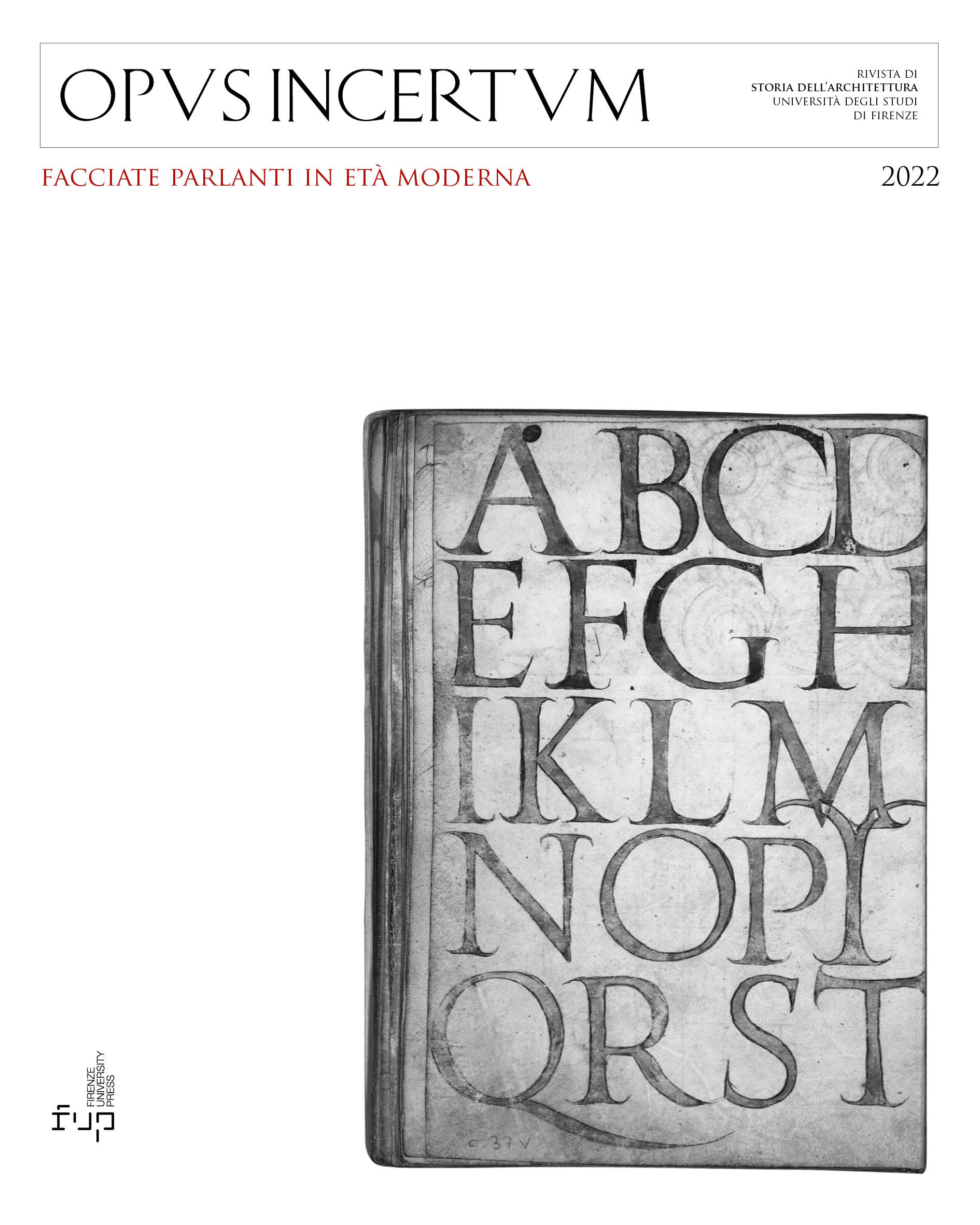Published 2022-11-26
Keywords
- Giovanni Pontano,
- Adage,
- Sententia,
- Neoplatonism,
- funerary chapel
- inscription ...More
How to Cite
Abstract
This article explores Pontano’s funerary tempietto in Naples as a building in which inscribed text supplants the public functions normally accomplished through figural art. According special attention to the twelve sententiae which form the bulk of the exterior inscriptions – the facciate parlanti – the author highlights the uniqueness of placing a collection of ancient maxims on public display and demonstrates how Pontano’s printed gallery actively promotes dialogue with its visitors, embracing conversation, exchange and, ultimately, introspection as much as it celebrates the virtues of the deceased. While all of the sententiae draw from ancient literature and are consonant with Pontano’s moral treatises, only one, “know yourself” derives from the facade of a known building: the Temple of Apollo at Delphi. Combined with the chapel’s physical source in a Greek-styled freestanding cenotaph for Herodes Atticus’ wife, Anna Regilla, on the Via Appia, such a conceptual source from ancient Greek thought underscores the Greek, Socratic, Neoplatonic, conversational, and communicative contexts in which Pontano desired his tempietto to be read.



